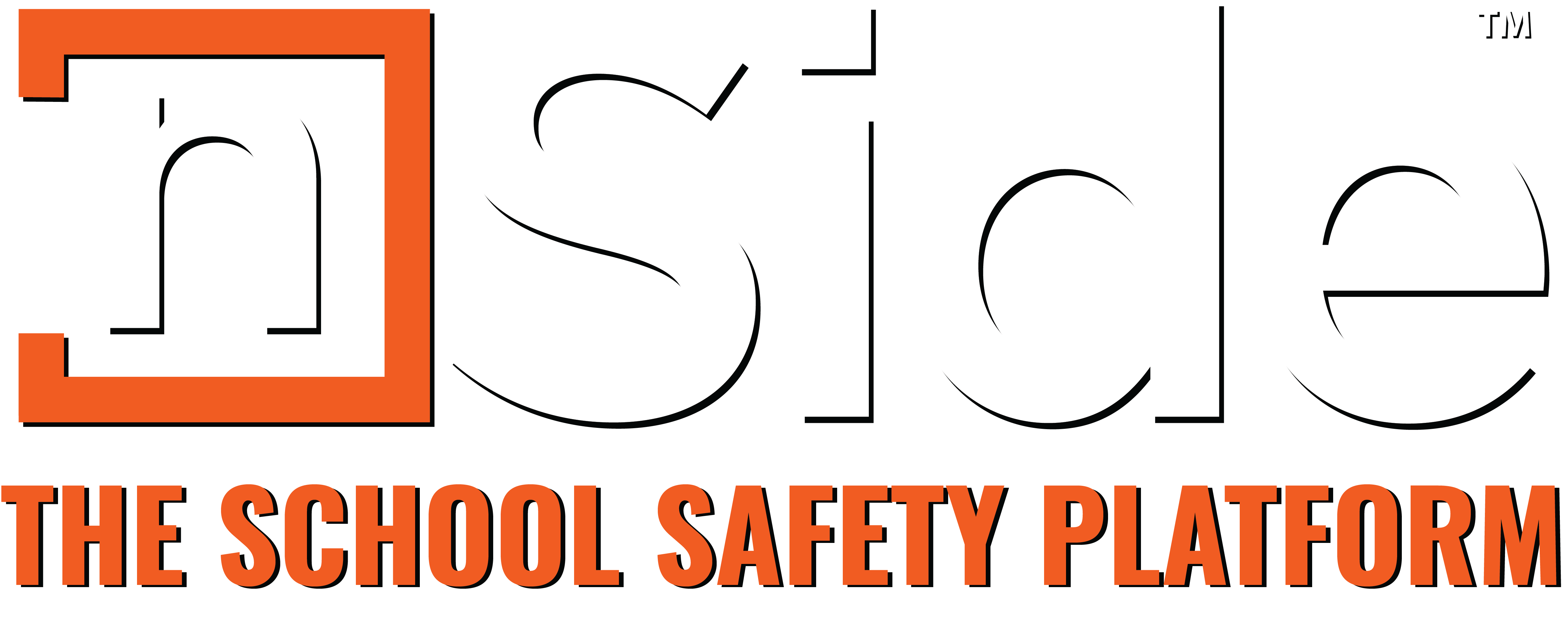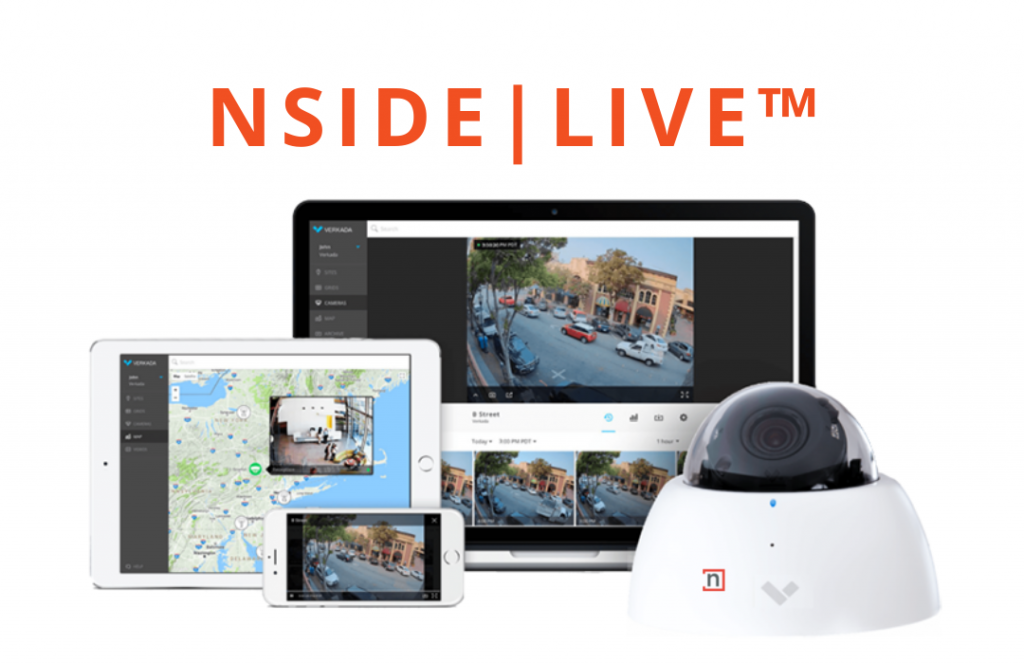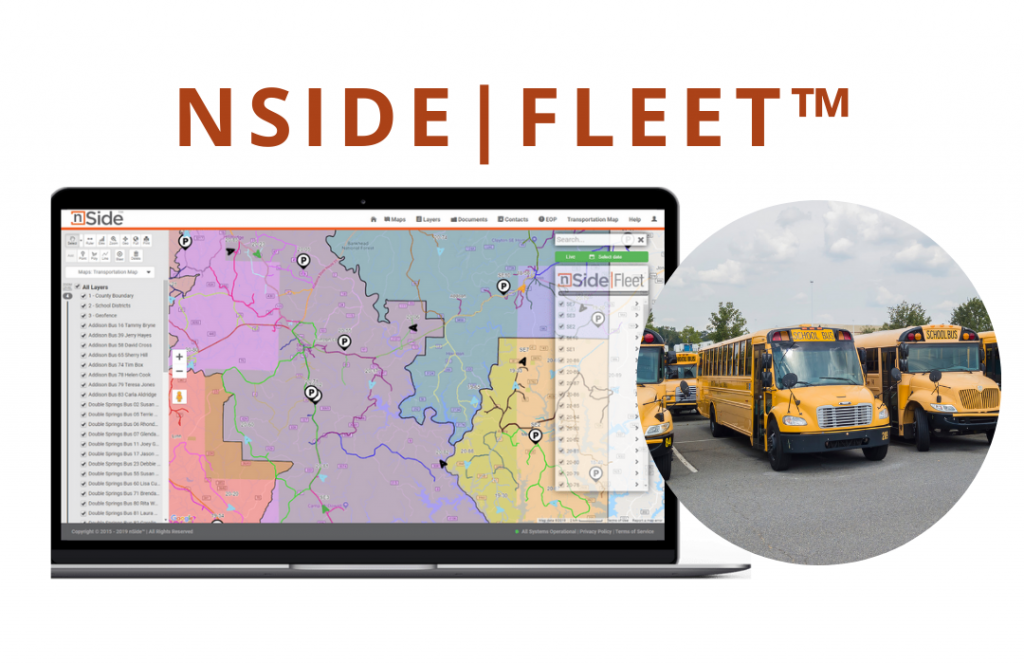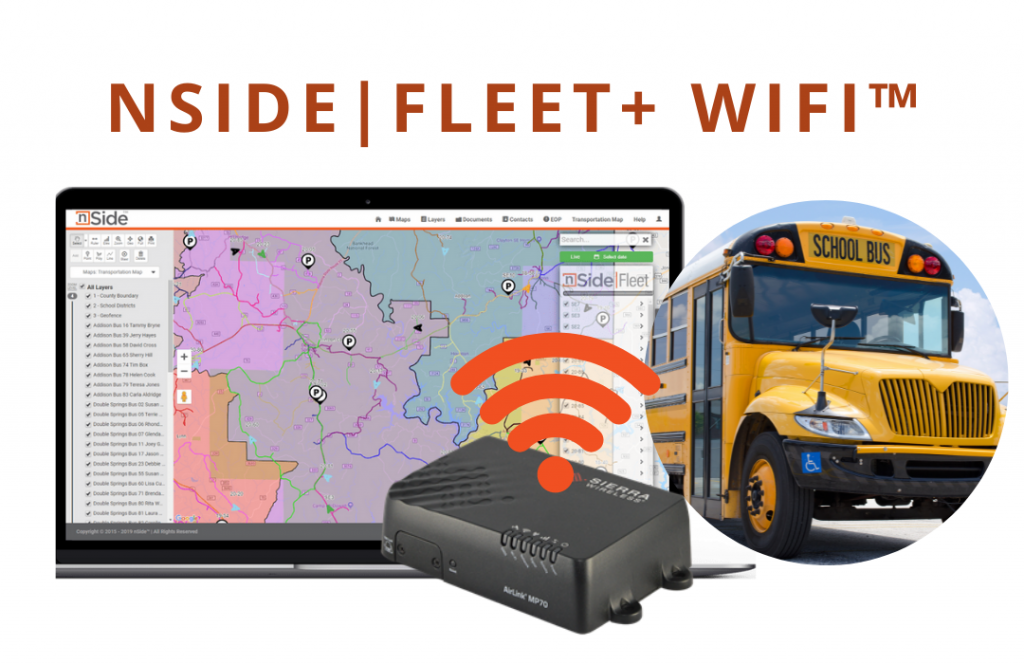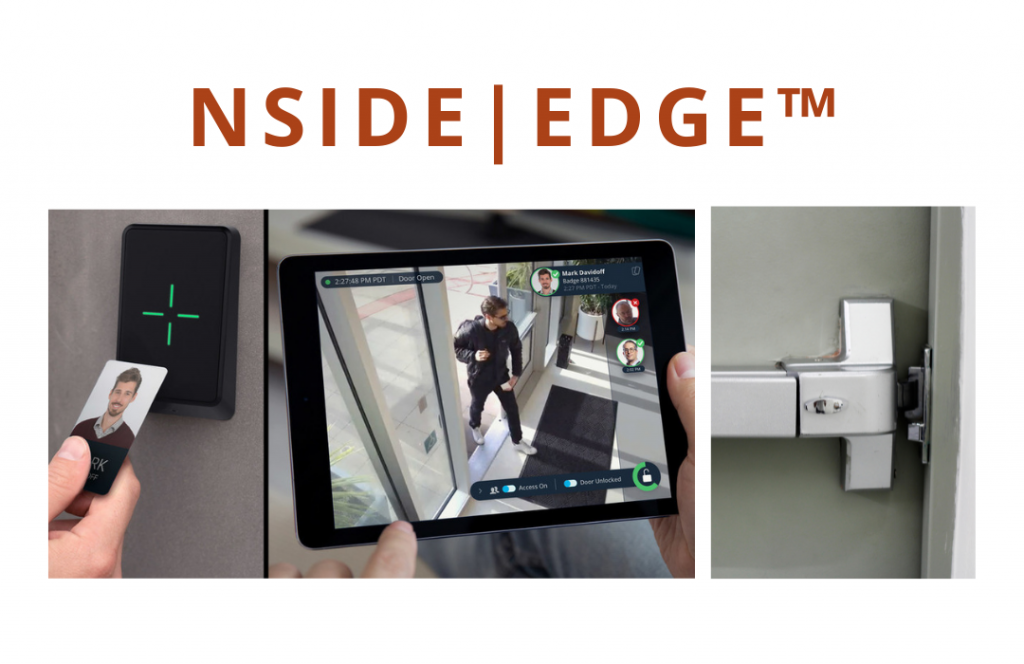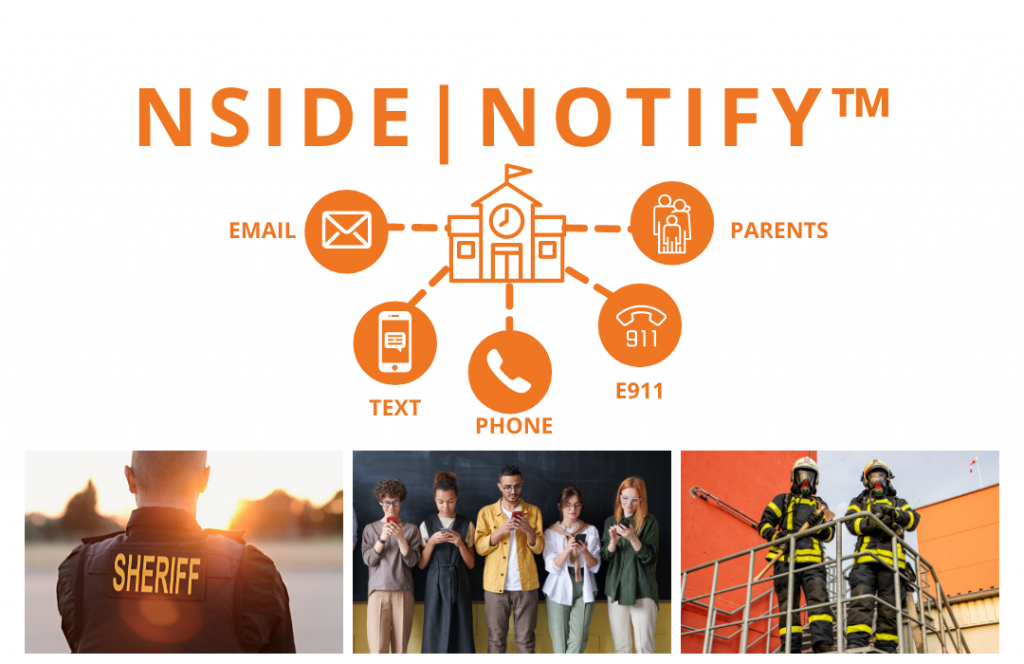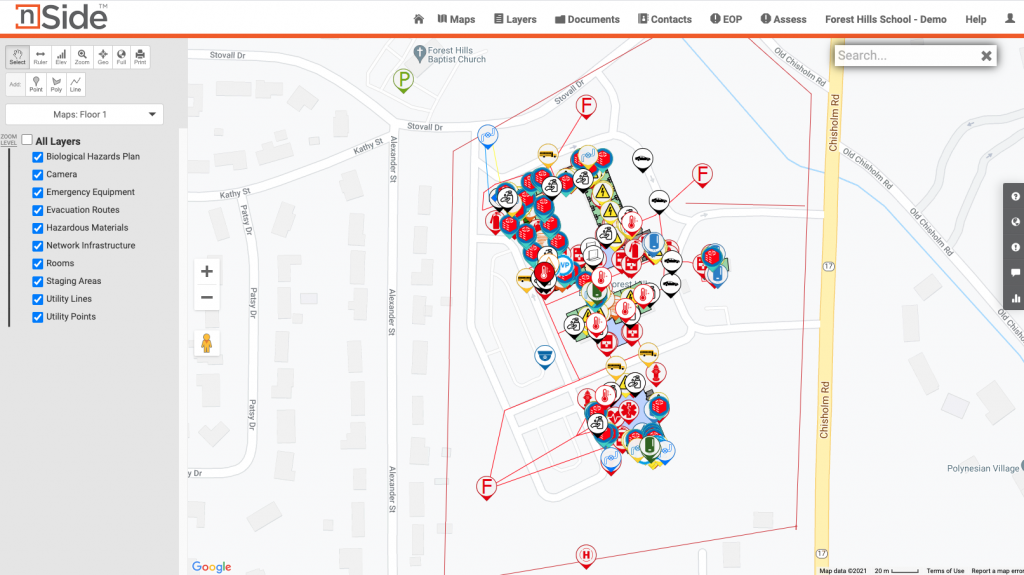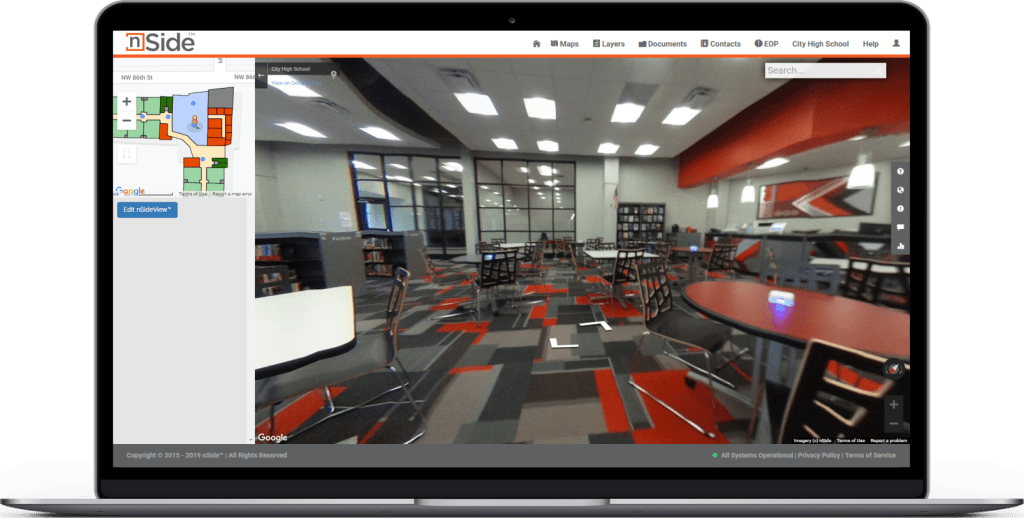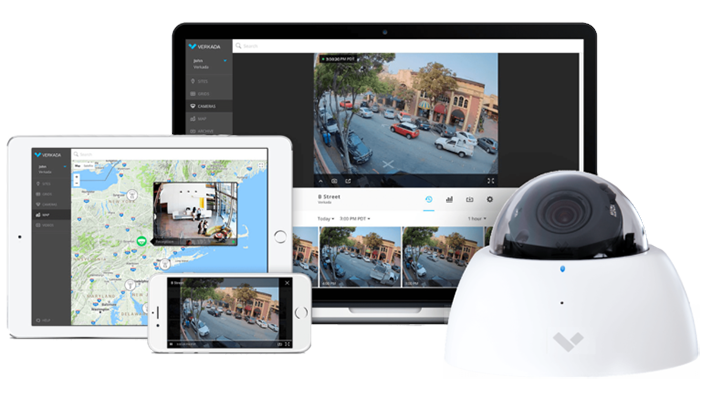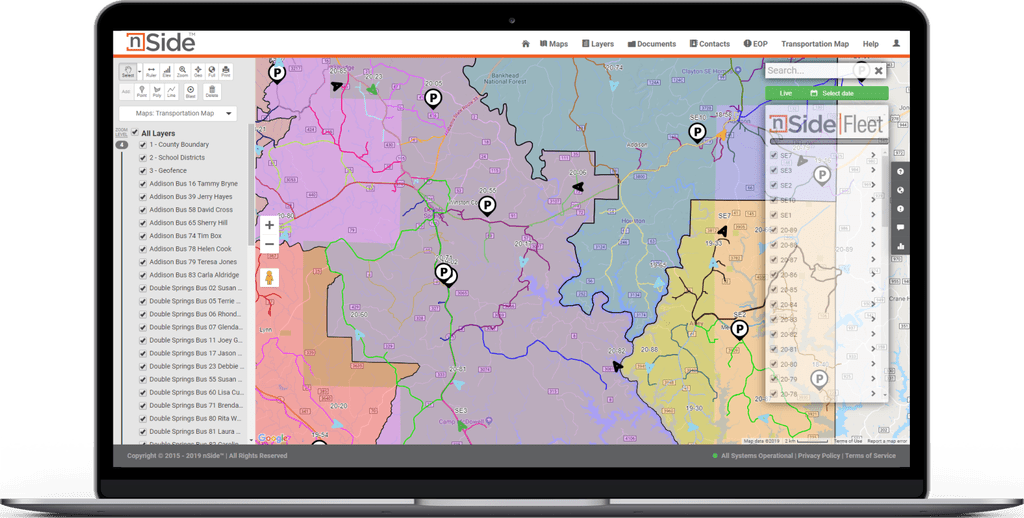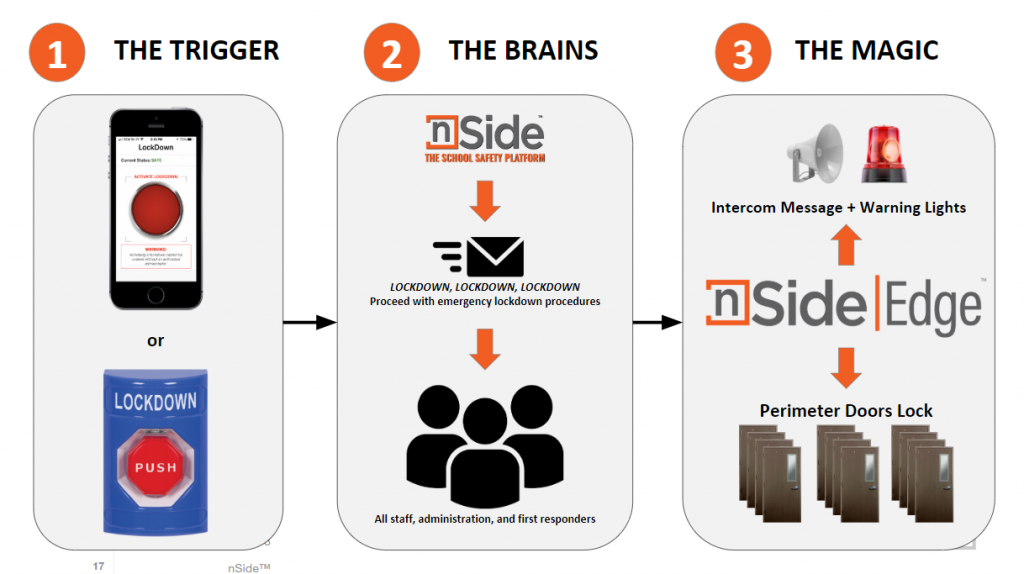nSide – The School Safety Platform has been approved by the Mississippi State Board of Education to provide Mississippi Schools with a Health and School Safety Platform.
The contract between the Mississippi Department of Education and nSide, Inc. would provide a web-based solution for public school districts for the consistent and equitable development and implementation of all components of the Mississippi Department Crisis Management Plan.
Mississippi’s use of the nSide platform includes the ability to create, store, and distribute an Emergency Operations Plan within the nSide platform, access to a navigable “virtual campus” created with 360-degree photos of all schools and district central offices, a rapid emergency notification application for instances such as medical, fire, or other potential emergency situations as well as the option to participate in the surveillance module of the platform by receiving one surveillance camera per district central office and up to five surveillance cameras per school.
nSide is excited to embark on this partnership with MDE and Mississippi Schools.


